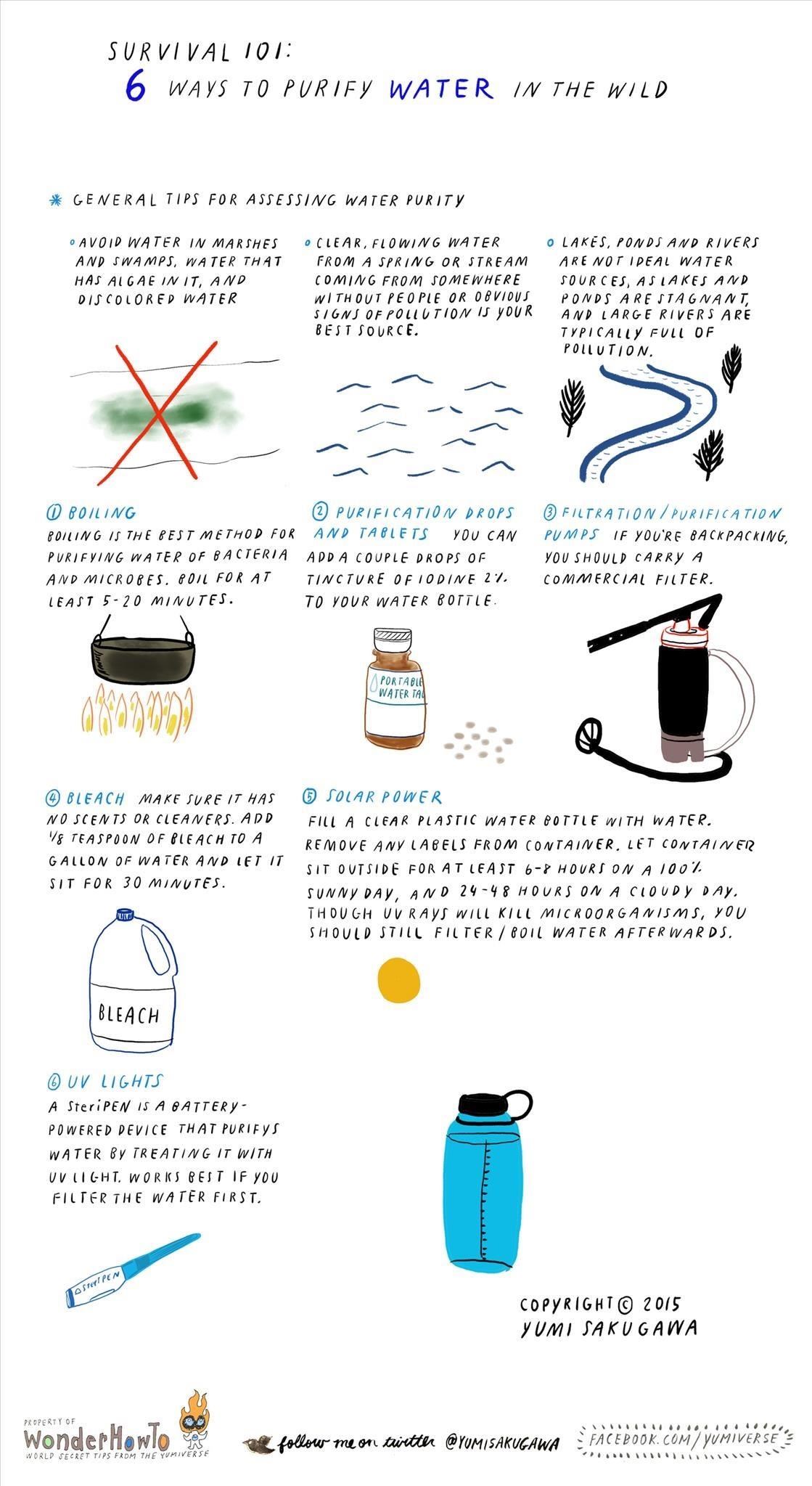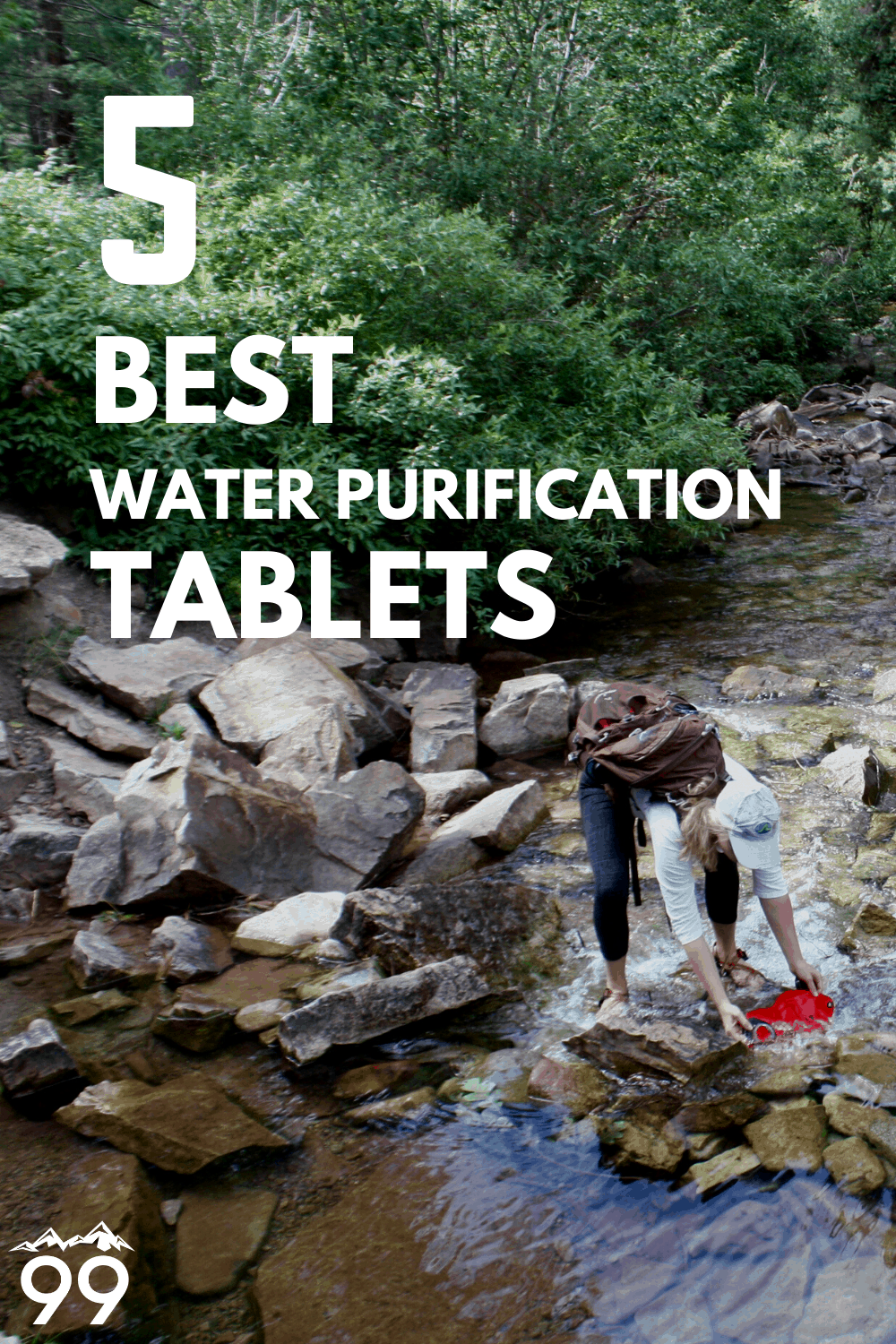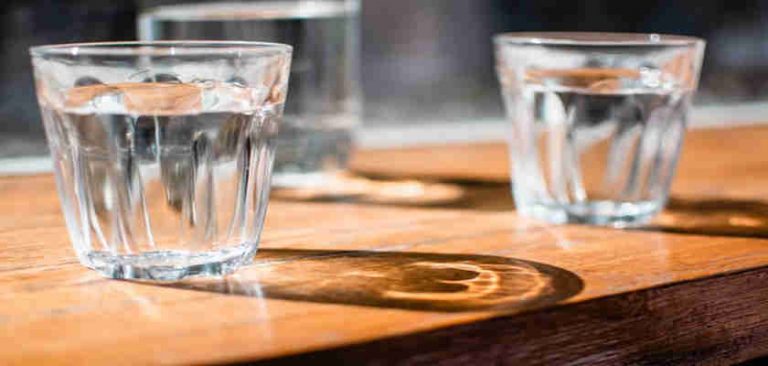Methods for Purifying Water

There are several methods available for purifying water, each with its own advantages and disadvantages. The most suitable method depends on the specific requirements and the quality of the source water. Some of the commonly used methods for purifying water are:

1. Boiling:

Boiling water is a simple and effective method for purifying water. Heating water to the boiling point (100 degrees Celsius or 212 degrees Fahrenheit) kills most bacteria, viruses, and other microorganisms present in the water. Boiling also removes volatile organic compounds (VOCs), such as chlorine and pesticides. However, boiling does not remove dissolved salts, minerals, or heavy metals from the water.
2. Distillation:
Distillation involves boiling water and collecting the steam in a separate container. The steam condenses back into water, leaving behind impurities and contaminants in the original container. Distilled water is highly pure and is often used for laboratory and medical purposes. However, distillation is a relatively slow and energy-intensive process.
3. Reverse Osmosis:
Reverse osmosis (RO) is a water purification technology that uses a semipermeable membrane to remove impurities and contaminants from water. The membrane allows water molecules to pass through while blocking larger molecules, including bacteria, viruses, dissolved salts, minerals, and heavy metals. RO systems can produce high-quality drinking water, but they require a power source to operate and can be relatively expensive to purchase and maintain.
4. Chemical Disinfection:
Chemical disinfection is a method of purifying water by adding disinfecting agents, such as chlorine or chloramine, to the water. These chemicals kill bacteria and viruses present in the water. Chemical disinfection is widely used in municipal water treatment plants and is effective in preventing waterborne diseases. However, some disinfection byproducts can form during chlorination, raising concerns about their potential health effects.
5. Ultraviolet (UV) Disinfection:
Ultraviolet (UV) disinfection is a non-chemical method of water purification that uses UV light to kill microorganisms. UV light damages the DNA of microorganisms, preventing them from reproducing. UV disinfection systems are widely used in residential and commercial settings and can effectively remove bacteria, viruses, and other pathogens from water. However, UV disinfection does not remove dissolved salts, minerals, or heavy metals from the water.
The choice of the best method for purifying water depends on various factors, including the quality of the source water, the desired level of purification, the cost, and the ease of use. It is important to consider the specific requirements and to select a purification method that is appropriate for the intended use of water.










